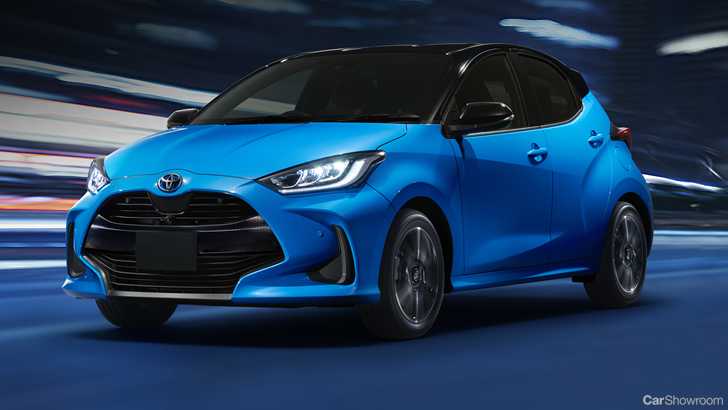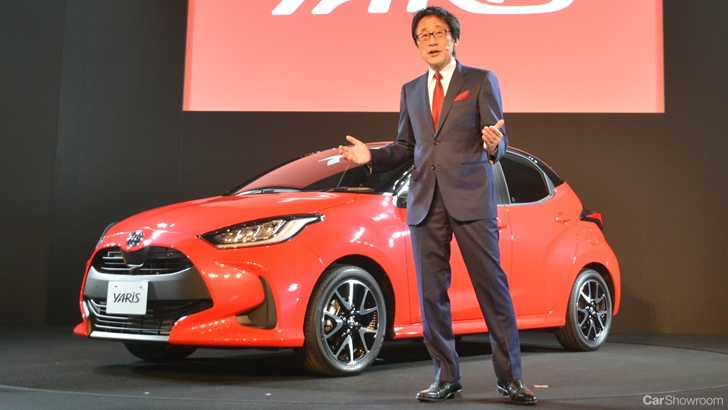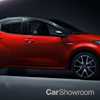Toyota have revealed their next-generation Yaris hatch, their all-new competitor to the likes of the Mazda2, Suzuki Swift, Renault Clio, Peugeot 208, Ford Fiesta, and Honda Jazz and built upon the more modern TNGA (GA-B) platform for additional modularity, reduced weight, better handling, and added refinement.
Crucially, it provides the automaker with the headroom to expand the Yaris’ powertrain line-up to finally include more advanced hybrids paired with its new family of Dynamic Force petrol engines, which come in extra fuel-sipping 3-cylinder varieties.
There was a brief leak yesterday about the all-new Yaris being photographed without any visually obstructive camouflage or an odd angle brought on by someone trying to be discreet about the illicit photo-taking. That hasn’t seemed to have damped the hatch’s debut momentum one bit.
We knew from the get-go that the hatch would receive the new platform and a visual overhaul at the same time. Following the reveal, its shared genetics with the larger E210 Corolla is very evident, though we also spy clear nods to the C-HR crossover and RAV4 as well.
Overall, it definitely is an improvement over the previous Yaris’ aesthetics and successfully brings the small hatch into line with Toyota’s latest corporate design philosophy while adding a funky edge to a car that always seemed to be antithetical to such attributes.
Dimensionally, the all-new Yaris rests on a considerably upsized footprint over the one it replaces with a 60mm wider track and a 50mm increase in wheelbase. However, it’s actually 5mm shorter in overall length while its roof is 40mm lower without, Toyota promises, resulting in a significant loss in headroom.
Skin deep newness aside, the Yaris now packs an impressive technology suite, boasting the latest version of Toyota Safety Sense which adds features such as Dynamic Radar Cruise Control, Lane Tracing Assist, Low Speed Acceleration Control, Front Cross Traffic Alert with both vehicle and pedestrian detection, and a Secondary Collision mitigation system.
Perhaps the most impressive new addition to the package that demonstrates the capability of the Yaris’ array of sensors and safety-oriented compute power is Advanced Park. Using AI-assisted cameras and ultrasonic sensors, the car is able to park itself into a bay without any intervention from the driver.
Within this mode, both the throttle and brakes are controlled by the car as it settles into either a parallel or end-first bay with only the gear lever needing to be manually adjusted according to the real-time instructions provided to the driver. In fact, the system is even able to park itself into spaces not denoted by white lines or discernible markings.
All the systems are accessible via the car’s new vehicle control and infotainment system, displayed via an 8-inch touchscreen perched centrally at the top of the centre stack. It’s aided by a trio of digital displays that replace the analogue instrument cluster, leaving an all-round techie impression.
Like its predecessor, the all-new Yaris is catered predominantly for the European market and its specifications at launch reflect this. It’s also the main motivator for Toyota to fast track the introduction of an improved hybrid powertrain at launch within a compact and affordable form factor before any of its chief rivals can muster a pre-emptive strike.
When it rolls off the production line at Toyota’s European manufacturing facility in Valenciennes, France, it is to be offered with a selection of 3 petrol engines, one of them being a hybrid. Things kick off with a 1.0-litre three-cylinder paired with a 5-speed manual; stepping up a level brings a 1.5-litre three-pot mated to either a CVT or 6-speed manual.
Finally, that same naturally aspirated 1.5-litre unit is again called for duty in the Yaris Hybrid, albeit running an Atkinson combustion cycle for added efficiency, and uses its 60kW/140Nm electric motor to drive the rear wheels exclusively while its air-cooled lithium-ion battery replaces the old nickel-metal hydride unit and accounts for a 27 percent weight reduction.
Toyota remains tight-lipped about outputs but reveals a power increase of 15 percent over the previous generation car Yaris Hybrid. More about the this particular variant as well as the non-hybrids will be revealed at a later date.
For more on Toyota cars, check out our Showroom.
































